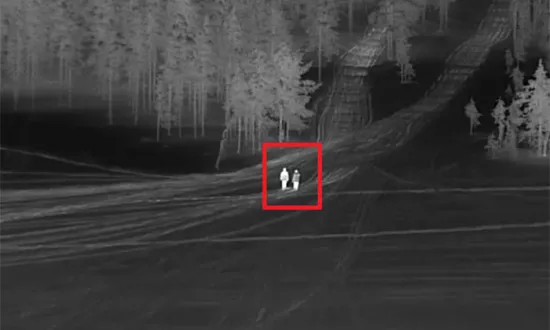A milestone for some, a new phase for others

HMS Queen Elizabeth’s deployment was a milestone for many who worked on her design and capabilities. But for others, it was just the beginning of a new phase. We sat down with Sam McBriar, Director Maritime Strategy and Marketing for Thales in the UK, to talk talking about how her team will be supporting the evolution of CSG’s future capabilities.
What’s been your career journey up to this point?
After graduating in Materials Engineering, I worked on aeroplane engines for Rolls-Royce. I then moved to BAE Systems and worked as a Project Engineer on Astute submarines, completing a sponsored Master’s Degree in Engineering Business Management. I later worked on military Land strategy globally, before choosing business development and sales. I then joined QinetiQ, ending up as Head of Strategy and Campaign Development for Cyber, Information and Training. Then four years ago, I joined Thales in my current role. It’s an exciting time as there’s a lot of investment in maritime defence, with a lot of new platforms and capabilities coming on stream in the next decade.
And what does your current role involve?
I sit alongside the leadership teams and advise on how to implement the Thales strategy in the UK maritime market. It’s about linking what the market’s doing with what our customers are saying and translating that into business priorities. So my team and I work closely with Key Account Managers (KAMs) to learn about customers’ strategic needs, as well as with communications specialists to turn account objectives into marketing actions.
The other part of my role is to look at what broader Thales Group capabilities – such as data analytics, cyber security, or software-based combat management systems – we could tailor for UK customers. For example, we've turned a software-based toolset from Thales Netherlands into a UK product for the Type 31 mission system in the UK.
What's been your team’s focus in the run-up to, and since, CSG deployed?
Our programmes have been contributing to CSG’s capability for a decade or more. What’s clear is the huge sense of pride the company rightly feels in the QEC programme, but also the fact that the CSG is a multi-vessel capability and Thales has sensors and systems on all of them. In fact, all of the work to date has helped the CSG meet its commitments to deploy. There’s also been a huge amount of work done on our export campaigns over the last few years. Some of these tie in with CSG’s world tour, so it’s a great opportunity to meet with our export customers and Country Directors and talk about the capabilities we provide for the QEC and CSG.
We also support over 50 Navies worldwide and Thales systems are running on over 500 ships and submarines. So a large proportion of our maritime business is maintaining those support contracts for things like sonar, radar, optronics masts, communications, and combat management systems – pretty much everything Thales puts on submarines, ships, and helicopters. This also creates a great environment for product development and technical innovation, which neatly fits into our whole ethos of “Decisive technology for decisive moments”.
How do you develop marketing strategy and campaigns to support Thales' export business?
Well, it starts with each business line’s strategy, which is what we use to create the marketing plan to help achieve that strategy. That then gets devolved to various countries to work out how that lands and matches up with what their customers are looking for. We then support our sales teams and KAMs to develop bespoke value propositions as each customer usually has quite specific needs. The sales teams will then go and test those value propositions with customers and we’ll continually refine those based on their feedback. We’ll also do a lot of competitor analysis and “black hats” where we try and beat our own offering. And finally, of course, we’ll then go and create the high-quality content the sales teams need to do their job.
Now CSG has deployed, it seems the work you and your team are doing will really begin in earnest.
Very much so. The QEC has an expected lifespan of up to 50 years, but, as you can imagine, maritime defence doesn’t stand still. So, we’re already thinking about the strategic importance of CSG’s future capabilities over the next 10, 15 or 20 years. That’s why we invest so much time and effort into developing our product and technology roadmaps.
When the QEC was in its design phase, autonomous systems weren’t really viable, but in the last five years there’s been incredible innovation in this area (for example, Thales’ autonomous minehunting capability for the Royal Navy and French Navy). It’s this kind of innovation we’re very much at the forefront of, and which we’ll be incorporating into our platforms and systems in future.

